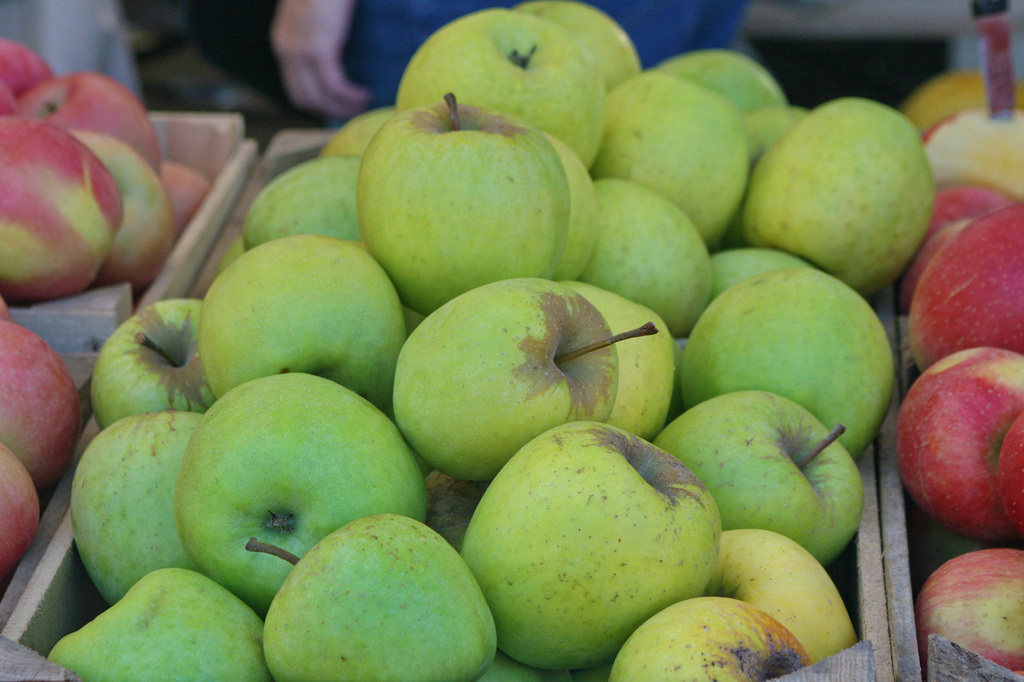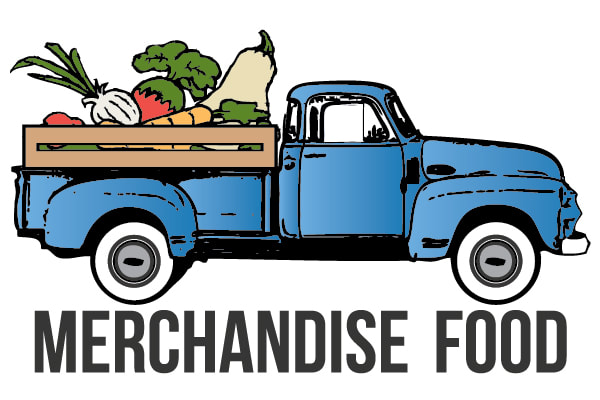Eye catching and dynamic displays guaranteed to increase produce department sales rarely happen by accident. Fundamental principles are used by best-in-class retailers to improve chances of impulse buys. Many produce managers may roll their eyes when asked to review basic merchandising ideas. However, most departments often break good rules of thumb somewhere in the retail environment. Chain stores often have the advantage of a regional or zone manager. These professionals travel the stores sharing ideas from other locations, but more importantly, reviewing the department with a fresh set of eyes.
Let's review 3 specific fundamental techniques:
Categorical & Impulsive Displays
Produce displays are of two natures: Categorical or Impulsive. Categorical displays are the "home base" for a category or produce family, such as apples or citrus. Impulsive displays use premium floor space for individual or small groups of items with the intent to move large volumes of a small number of items. In many cases, the impulse item is one that also belongs in a category display further into the department, so that it is "double merchandised". By their nature, impulse displays largely impact department sales, so let's look further.
Placement:
Place impulse produce displays at the forefront of each department. Align or angle the fixture in such a way to face the broadest possible length of display directly toward the customer flow. Depending on department size, you may have room for one or two ranks of impulse displays before it is necessary to allocate remaining space for your category displays. Ideal size of these displays is 6-12 feet in length, four foot depth, with 360 degree shop-ability where possible.
Height:
A "stadium" effect technique is visually powerful to drive sales. The strategy helps shoppers locate items across the department easily. Consider starting with knee high displays at department or store entry points. Anything lower is challenging to shop. Remember customers come in all shapes, sizes, and ages. Your display should not double as a strenuous workout. Displays should gradually rise with the second tier of displays in produce being slightly higher and so on.
Items:
Impulse displays should contain 2-3 items. Overwhelming customers with too many options can be counter-productive. Many experts believe items should be segregated by fruit or vegetable as this is easiest categorization for a customer to understand. Divide the total number of impulse displays evenly between fruits and vegetables. This balance yields the opportunity for a great sales mix.
Take a deeper look at your merchandising or ask someone from the bakery or meat department to share some thoughts. These rules of thumbs have helped many dynamic retailers excel and I hope they prompt some positive change in your departments.
Great merchandising and beyond!
Let's review 3 specific fundamental techniques:
Categorical & Impulsive Displays
Produce displays are of two natures: Categorical or Impulsive. Categorical displays are the "home base" for a category or produce family, such as apples or citrus. Impulsive displays use premium floor space for individual or small groups of items with the intent to move large volumes of a small number of items. In many cases, the impulse item is one that also belongs in a category display further into the department, so that it is "double merchandised". By their nature, impulse displays largely impact department sales, so let's look further.
Placement:
Place impulse produce displays at the forefront of each department. Align or angle the fixture in such a way to face the broadest possible length of display directly toward the customer flow. Depending on department size, you may have room for one or two ranks of impulse displays before it is necessary to allocate remaining space for your category displays. Ideal size of these displays is 6-12 feet in length, four foot depth, with 360 degree shop-ability where possible.
Height:
A "stadium" effect technique is visually powerful to drive sales. The strategy helps shoppers locate items across the department easily. Consider starting with knee high displays at department or store entry points. Anything lower is challenging to shop. Remember customers come in all shapes, sizes, and ages. Your display should not double as a strenuous workout. Displays should gradually rise with the second tier of displays in produce being slightly higher and so on.
Items:
Impulse displays should contain 2-3 items. Overwhelming customers with too many options can be counter-productive. Many experts believe items should be segregated by fruit or vegetable as this is easiest categorization for a customer to understand. Divide the total number of impulse displays evenly between fruits and vegetables. This balance yields the opportunity for a great sales mix.
Take a deeper look at your merchandising or ask someone from the bakery or meat department to share some thoughts. These rules of thumbs have helped many dynamic retailers excel and I hope they prompt some positive change in your departments.
Great merchandising and beyond!



 RSS Feed
RSS Feed
